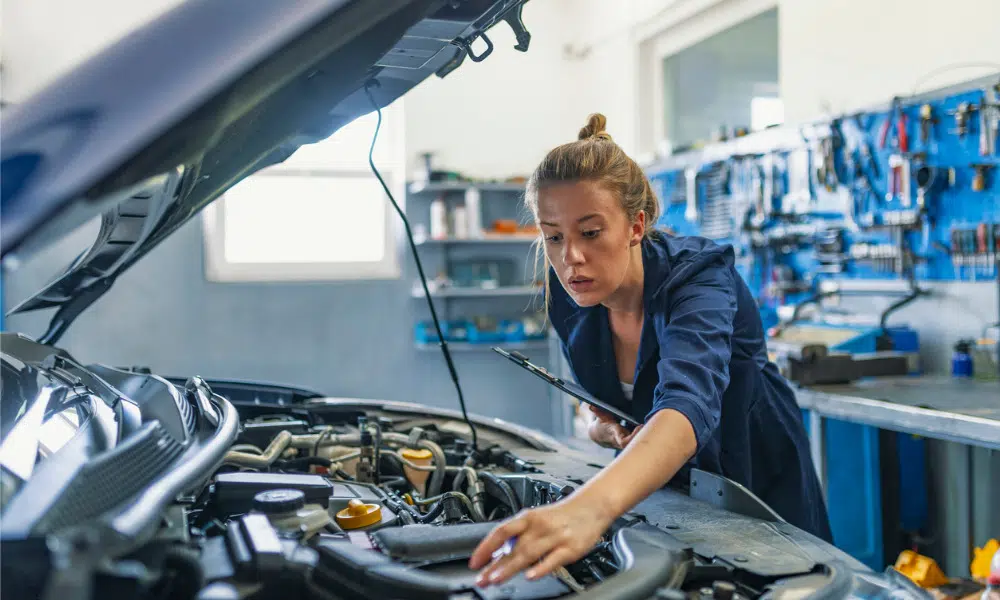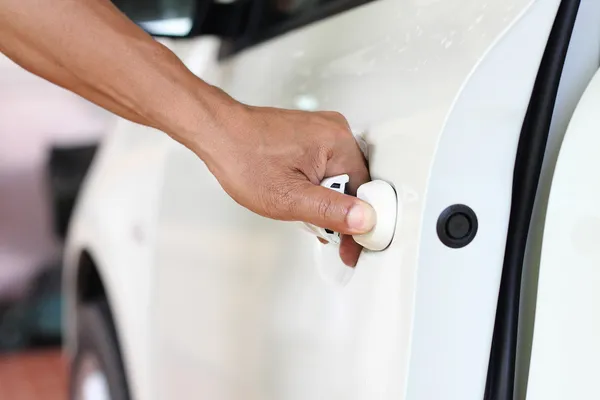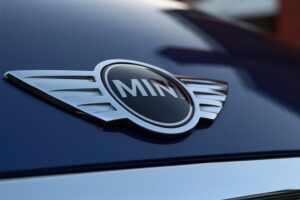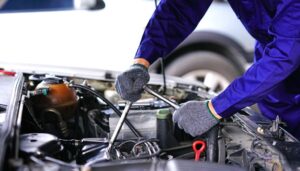
The convenience of power door locks is something many drivers take for granted until they malfunction. To better appreciate and potentially troubleshoot issues, it’s helpful to understand the anatomy of this seemingly simple yet complex system. Power door locks are not just a single switch; they’re a network of interconnected components working in harmony to provide centralized locking and unlocking of your vehicle’s doors. Let’s delve into the key elements that bring this feature to life.
The Master Switch: The Brain of the Operation
At the heart of your power door lock system lies the master switch. Usually located on the driver’s side door panel, this switch acts as the central control point for all door locks. When you press the lock or unlock button, it sends an electrical signal to the car’s Body Control Module (BCM) or directly to the door lock actuators. The master switch itself is comprised of a series of contacts and circuits that interpret your command and route the appropriate signal to the rest of the system. Some vehicles also include passenger-side switches, allowing control from multiple locations, adding redundancy and convenience for passengers.
The Body Control Module (BCM): The Signal Translator
In modern vehicles, the master switch rarely directly controls the door lock actuators. Instead, it sends its signal to the BCM. This module is a central computer that manages various electronic functions in the car, including power door locks, lighting, and security systems. The BCM interprets the signal from the switch, verifies its authenticity, and then sends the appropriate commands to the door lock actuators. This indirect control allows for more sophisticated functionalities like remote locking/unlocking via key fob or smartphone app, integration with the car’s alarm system, and features like automatic door locking when the car reaches a certain speed. Selection of the Auto Repair in Lawndale, CA based service would be essential.

The Door Lock Actuator: The Muscle of the System
Located inside each door, the door lock actuator is the workhorse of the system. This electromechanical device is responsible for physically locking and unlocking the door. It consists of a small electric motor, gears, and linkages. When the actuator receives a signal from the BCM (or directly from the master switch in older vehicles), the motor spins, driving the gears and linkages to move the door locking mechanism. This mechanism then engages or disengages the door latch, effectively locking or unlocking the door.
Wiring and Relays: The Communication Network
Connecting all these components is a network of wiring and relays. The wiring provides the electrical pathways for signals to travel between the switch, the BCM, and the actuators. Relays act as electrical switches, allowing a small current from the switch to control a larger current needed to operate the actuators. Over time, wiring can become damaged, corroded, or disconnected, leading to intermittent or complete failure of the power door lock system. Relays can also fail, preventing the actuators from receiving the necessary power to operate. Regular inspection and maintenance of these components are crucial for ensuring the long-term functionality of your power door locks.






